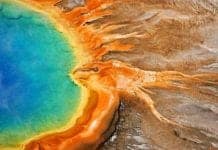
Domain Eukarya: Life on Earth is genuinely very diverse. Hence, to easily distinguish living organisms, early scientists classified them into two kingdoms: Animalia (animals) and Plantae (plants).
However, during the 19th century, this classification was challenged by numerous pieces of evidence that were just too insufficient to explain such diversity. To address this, scientists proposed other systems with four or more kingdoms.
Table of Contents
One of the most widely used in the system which classifies organisms into five kingdoms, namely:
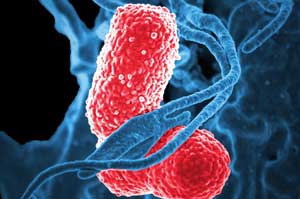
Monera (Bacteria)
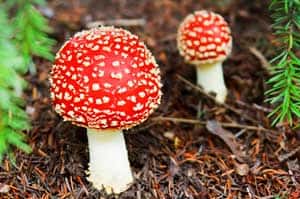
Fungi
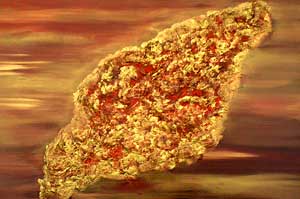
Protista

Animalia

Plantae
This system connectedly classifies life into two, namely Prokarya (includes bacteria) and Eukarya (includes fungi, animals, plants, chromalveolates, rhizarians, and excavates).
However, recent studies revealed and provided support for the emergence of another domain: Archaea.
The former domain Prokarya, which consists only of bacteria, has been divided into two separate sub-domains: Bacteria and Archaea. Archaea are minute organisms that thrive in extreme environmental conditions like high pressure and temperature.
Three Domains of Life
In summary, the three domains of life are:
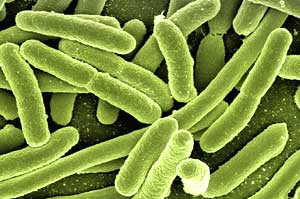
Prokarya (Bacteria)
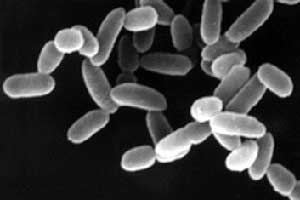
Archaea
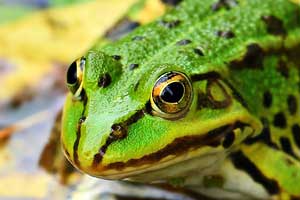
Eukaryote
The diagram below illustrates and differentiates the domains Prokarya (Bacteria), Archaea, and Eukarya. None of these domains is ancestral, each with unique and distinguishable features and shared characteristics. On this page, the domain Eukarya will be on focus.
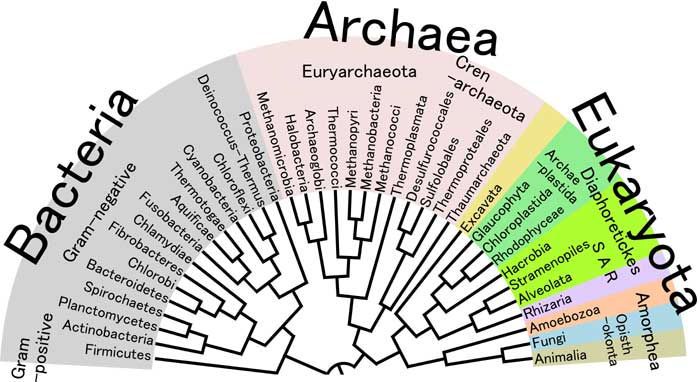
What is Domain Eukarya? (aka Eukaryota)
Coming from the Greek words “eu,” which means “true,” and “karyon” which means “nut,” the domain Eukarya is composed of organisms having “true nucleus.”
Eukaryotic cells, as their cells are called, are perhaps the most complex in terms of both external and internal structures and physiological and reproductive processes. Eukarya members have the most significant body size and body mass among all domains in the biological world.
Where Did Eukaryotes Come From?
According to various archeological evidence, eukaryotic cells started to exist more than 0.6 billion years ago. Up until now, their evolution is viewed by many as one of the most unusual events in natural history.
To explain such a bizarre event, scientist Lynn Margulis proposed the so-called “Endosymbiotic Theory“.
- This theory states that the mitochondria (the powerhouse of the cell), and the chloroplasts (structure for photosynthesis) were once single-celled organisms that have been engulfed by “proto-eukaryotic” cells.
- The eukaryotic mitochondria and chloroplasts have different genetic materials than the cell itself. Hence it proves that they were once bacterial cells.
- Their continuous and maintained symbiosis required both cells to reproduce at the same rate and not to digest each other.
- As a result, the resulting cells could now produce their energy and fix carbon through light.
- In cells, the job of organelles is to carry out physiological and metabolic processes that are important for the cell’s survival.
- Other organelles function for support and motility. Such were the intracellular filaments, cilia, and flagella.
- During mitosis, the cell’s nucleus divides into two while the genetic material, present as chromosomes, are equally distributed to each opposite of the cell.
- Following that step is cytokinesis, when the cell’s cytoplasm divides, developing the equal division of the genetic material.
- During asexual reproduction, the cell divides through mitosis followed by cytokinesis.
- Conversely, they may also reproduce sexually by involving their sex cells called the gametes. In this type of reproduction, the offspring inherits a chromosome from each of its parents.
- The cell wall of the members of the kingdom is made of chitin, a type of carbohydrate. In contrast, their carbohydrates (energy) is stored in the form of glycogen.
- The Kingdom fungi consist of organisms such as yeast, mushroom, and mold.
- Fungi break down the organic materials of dead organisms, and as a result, they help continue nutrient cycling in ecosystems.
- A distinguishing characteristic of this kingdom includes multi-cellularity and the lack of cell walls.
- Most members of this kingdom are capable of movement (locomotion) and reproduction.
- Members of this kingdom consist of almost all animals known (e.g., fishes, amphibians, reptiles, birds, mammals, and insects).
- Being photosynthetic, these organisms are autotrophs and can make their food using the energy from the sun.
- However, some members can be producers and consumers as they can synthesize food and metabolize it from other sources. See carnivorous plants here.
- Members of this kingdom have made the perpetuation of many organisms possible. Basically, without them, heterotrophic organisms would have never survived.
- This kingdom is consist of dinoflagellates, diatoms, and ciliates.
- It is believed that the members of this kingdom originated from a bikont (a cell with two flagella) and a red alga that became the ancestor of all organisms with plastids having Chlorophyll C.
- However, it is still being debated as some evidence shows that this kingdom is not monophyletic (coming from a common ancestor) as it was initially observed.
- This kingdom is composed of the foraminiferans and radiolarians.
- Together with chromalveolates and excavates, the rhizarians were previously under the Kingdom Protista.
- However, unlike the Kingdom Chromoalveolata, there are pieces of evidence showing that rhizarians are a monophyletic group.
- The name of this kingdom came from the two Latin words, “ex cavatum“, meaning “cavity.”
- The members of this kingdom include the euglenozoa, kinetoplastids, and parabasalids.
Characteristics of Eukaryotes
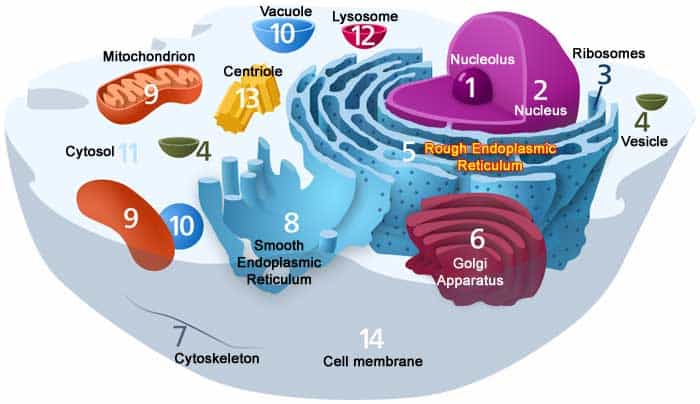
1. Presence of membrane-bound organelles
The eukaryotic cell contains various internal membrane-bound structures referred to as the “organelles.”
![]()
2. Presence of a double membrane nucleus
Unlike other organisms of other domains (which have their genetic material suspended in the cytoplasm), the DNA of eukaryotic organisms is stored in the nucleus.
The nucleus of eukaryotes is surrounded by the nuclear envelope, a double membrane with pores to allow the movement of the DNA in and out.
![]()
3. Cell division is different
Another distinguishing feature of eukaryotes is their different replicating modes. Instead of merely dividing themselves and copying their genetic materials (like what other domains do), cell division in eukaryotes involves two processes: mitosis and cytokinesis.
![]()
4. Mode of reproduction may vary
Eukaryotic cells can reproduce themselves in two ways: asexual (through mitosis) or sexual reproduction (through meiosis).
![]()
Kingdoms Under Domain Eukarya
1. Fungi
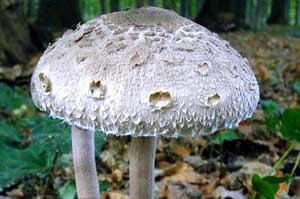 The Kingdom Fungi consists of heterotrophic organisms or organisms that cannot make their food. Instead, they acquire all the essential nutrients by absorption.
The Kingdom Fungi consists of heterotrophic organisms or organisms that cannot make their food. Instead, they acquire all the essential nutrients by absorption.
![]()
2. Animalia
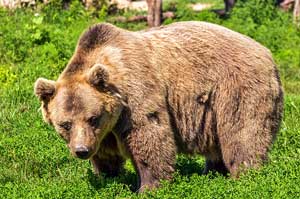 Coming from the Latin word “animalis“, meaning “have breath“, the Kingdom Animalia is comprised of heterotrophic organisms. As alluded to earlier, these organisms obtain their nutrient requirements by ingesting organisms.
Coming from the Latin word “animalis“, meaning “have breath“, the Kingdom Animalia is comprised of heterotrophic organisms. As alluded to earlier, these organisms obtain their nutrient requirements by ingesting organisms.
![]()
3. Plantae
 Also called the Kingdom Metaphyta, the Kingdom Plantae consists of all multicellular, eukaryotic, and photosynthetic organisms on the planet.
Also called the Kingdom Metaphyta, the Kingdom Plantae consists of all multicellular, eukaryotic, and photosynthetic organisms on the planet.
![]()
4. Chromoalveolata
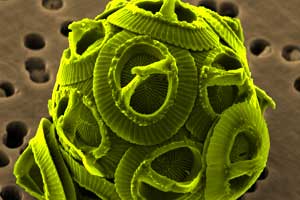 Formerly called Kingdom Chromista, this kingdom is one of the “newly-considered” kingdoms in the biological world (as proposed by Thomas Cavalier in 1981).
Formerly called Kingdom Chromista, this kingdom is one of the “newly-considered” kingdoms in the biological world (as proposed by Thomas Cavalier in 1981).
![]()
5. Rhizaria
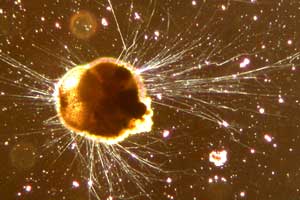 The domain Rhizaria is widely composed of unicellular eukaryotes. Also proposed by Thomas Cavalier-Smith (2002), the members of this kingdom differ in form. Still, most of them are amoeboids with pseudopods (false feet).
The domain Rhizaria is widely composed of unicellular eukaryotes. Also proposed by Thomas Cavalier-Smith (2002), the members of this kingdom differ in form. Still, most of them are amoeboids with pseudopods (false feet).
![]()
6. Excavata
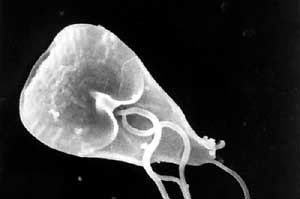 Last, but not the least, Excavata kingdom consists of a wide variety of organisms (photosynthetic, heterotrophic, and parasitic).
Last, but not the least, Excavata kingdom consists of a wide variety of organisms (photosynthetic, heterotrophic, and parasitic).
![]()


